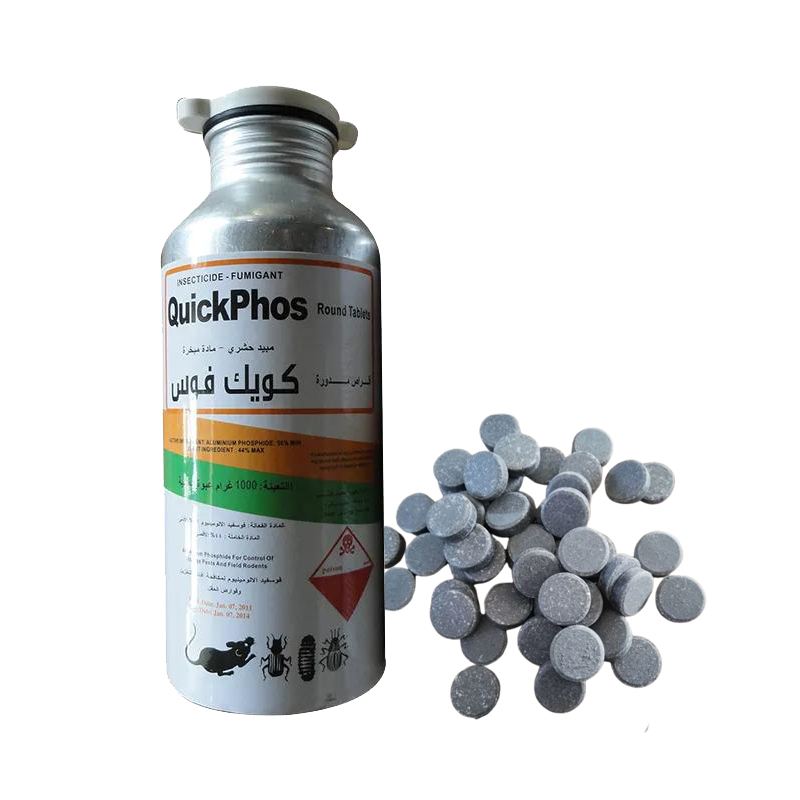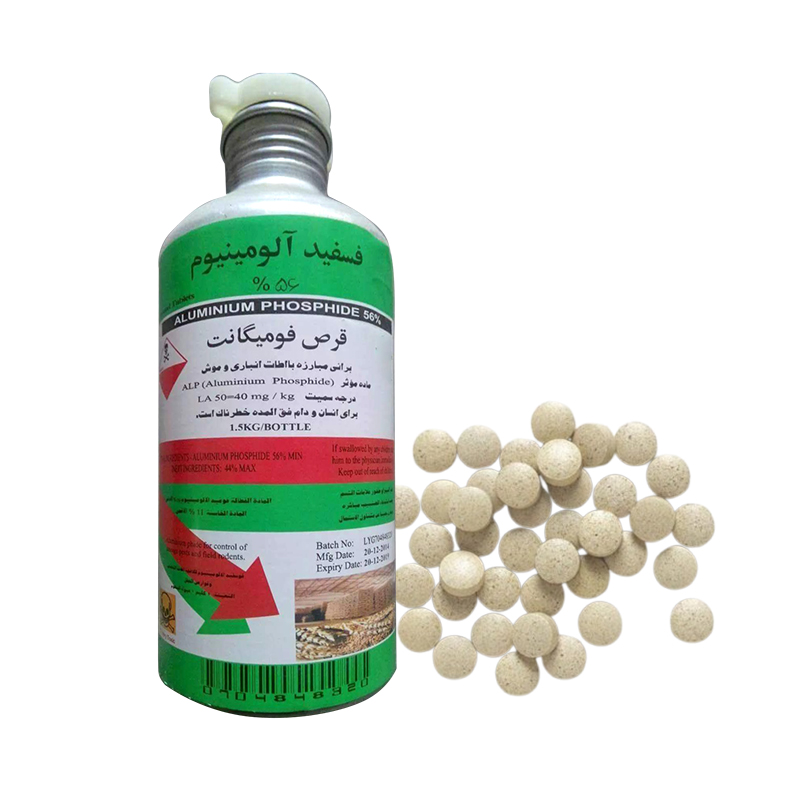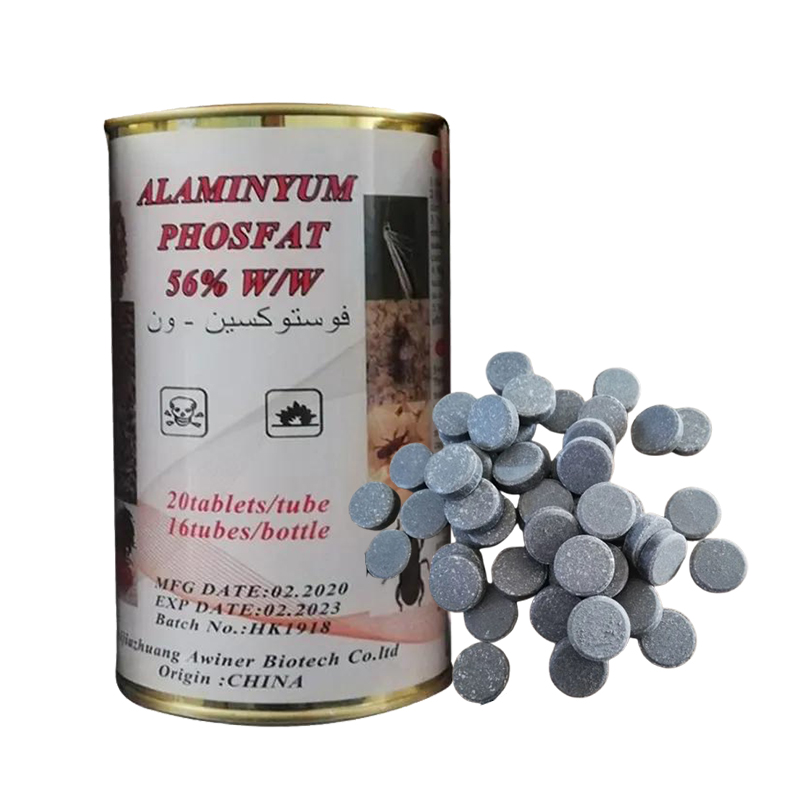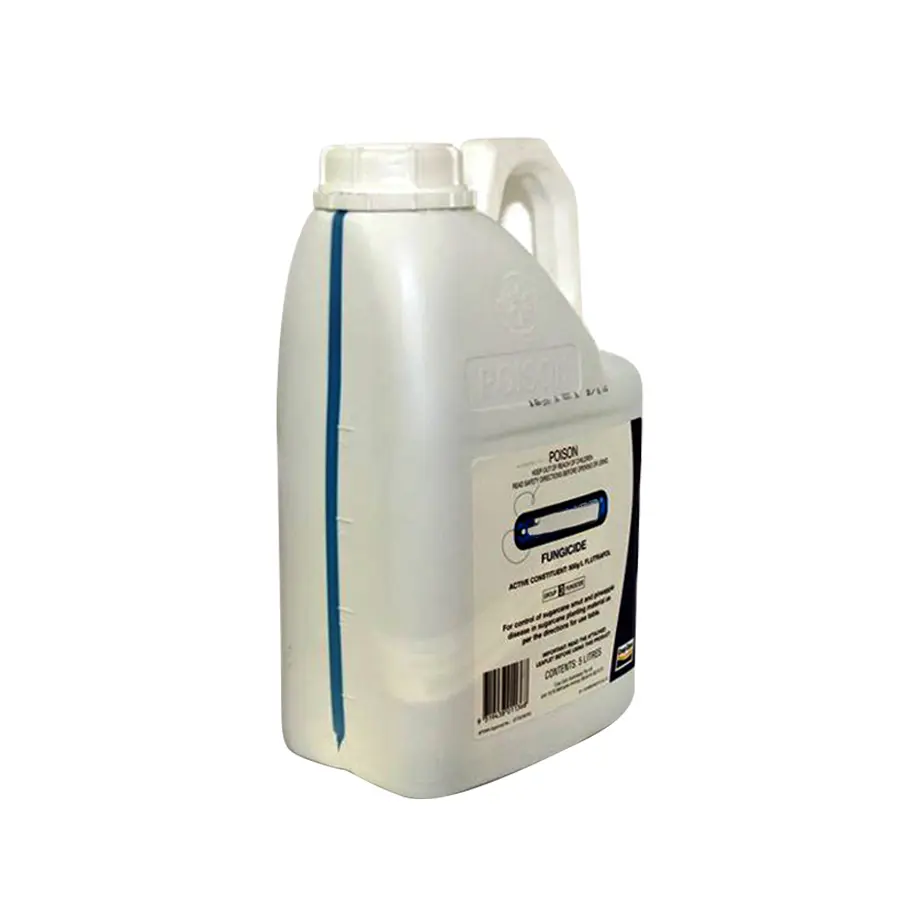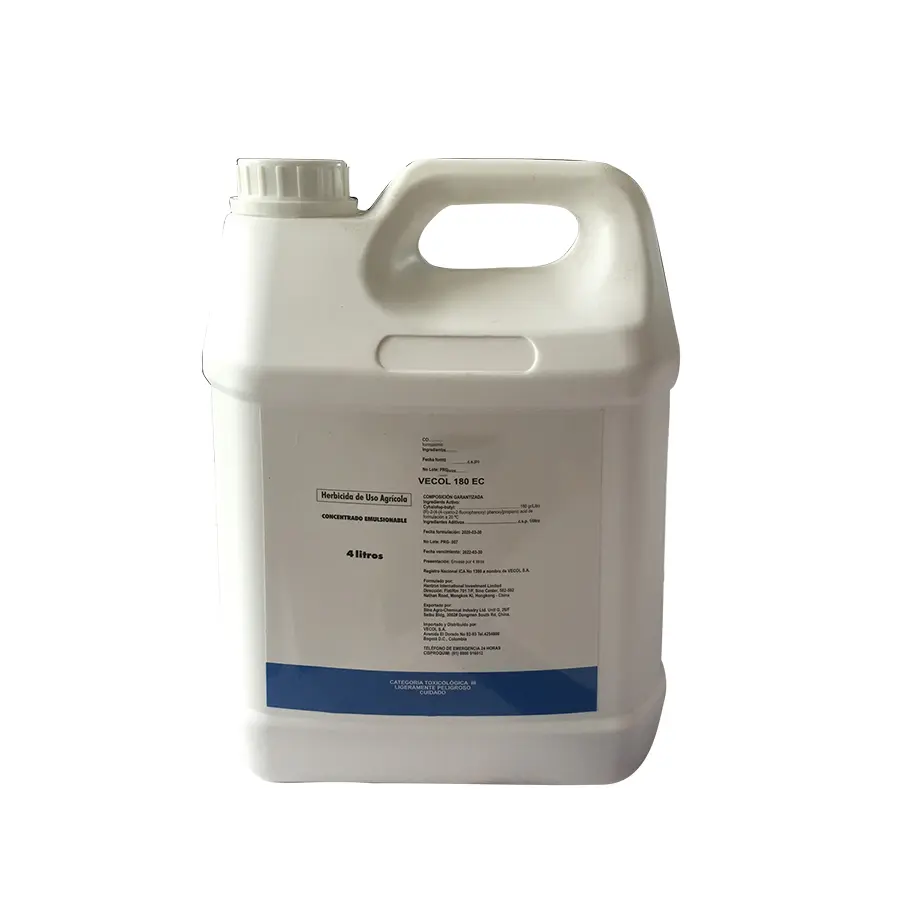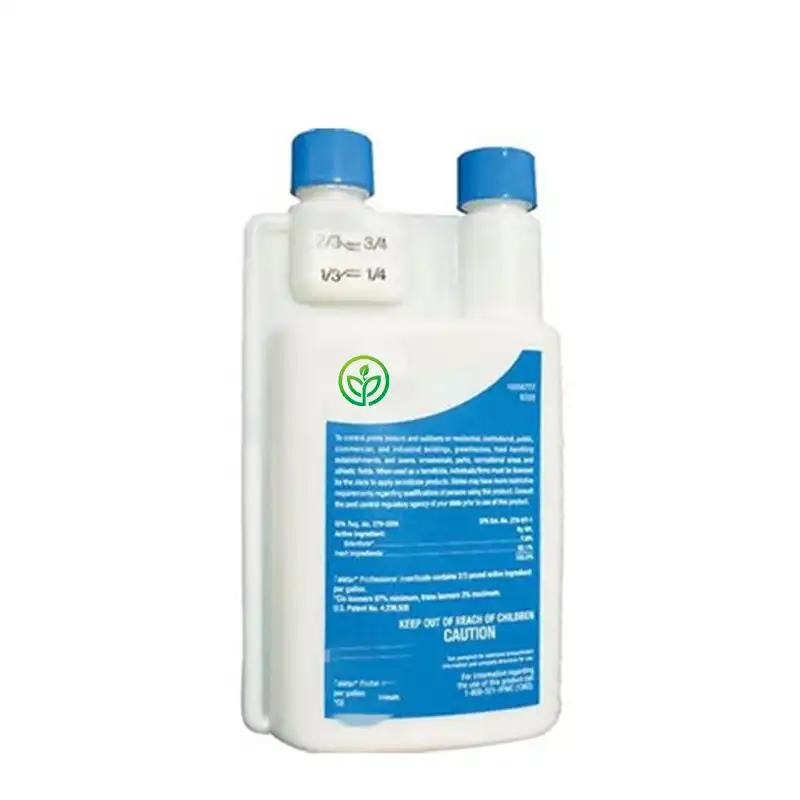bed bugs Control (2)
harm of bed bugs
Bed bugs are blood-sucking insects of the order Hemiptera. A bed bug can consume up to six times its body weight in blood during a single feeding, which lasts three to ten minutes. Unlike mosquitoes or ticks, bed bugs do not transmit diseases. However, bed bug bites can cause allergic reactions, secondary bacterial infections (such as impetigo, impetigo, and lymphangitis), and mental health issues (such as anxiety and insomnia).
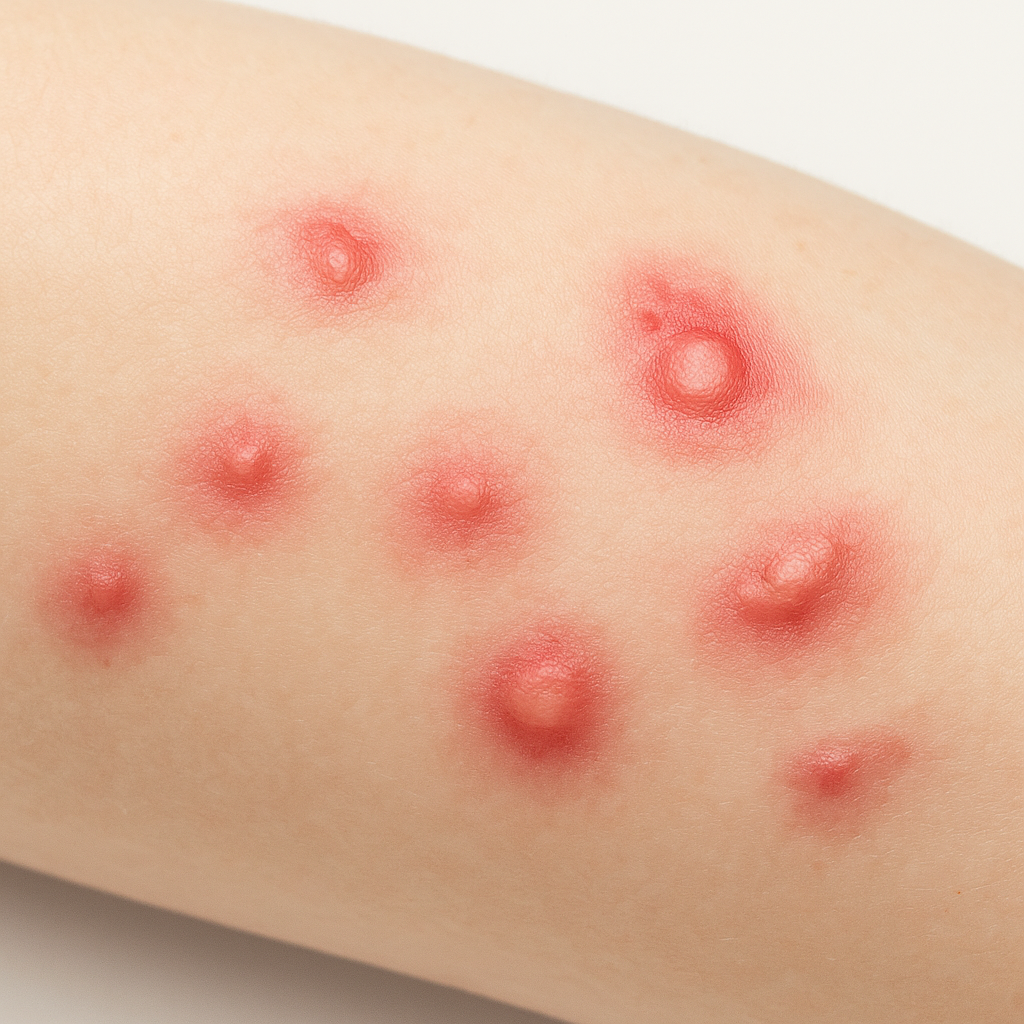
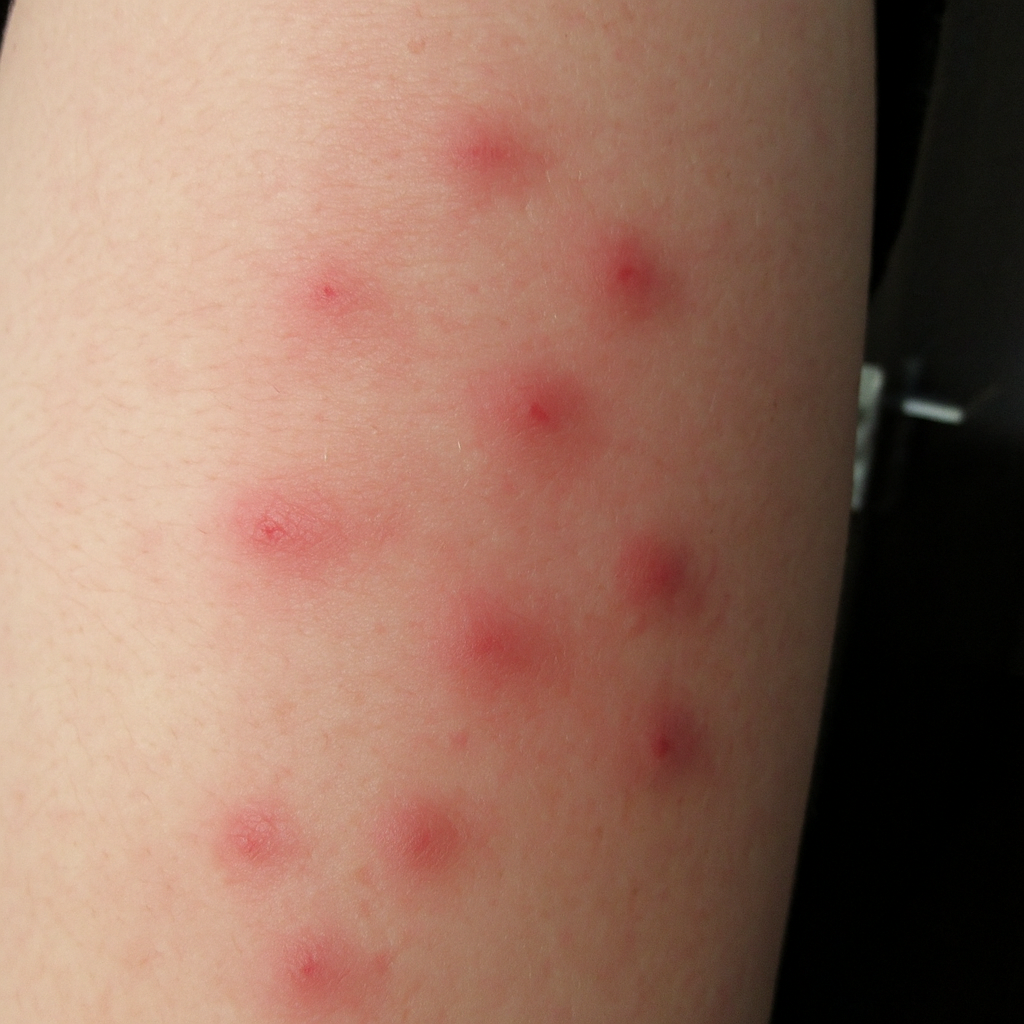

Management of bed bugs
Cultural Control
Public awareness plays a key role in the spread and prevention of bed bugs. Educating managers and residents of multi-family buildings, such as apartments and hotels, about the biology, habits, and control methods of bed bugs can effectively raise public awareness and reduce the spread of infestations.
Mechanical Control
Mechanical control is a safe and environmentally friendly method suitable for locations where chemical pesticides are not suitable. While it can effectively reduce bed bug populations, infestations may return if not combined with other methods.
High-Temperature Washing and Drying:Wash bedding, curtains, and clothing in hot water at or above 80°C. After washing, tumble dry on high for 20 minutes to completely kill bed bugs.
Vacuuming:Vacuuming removes bed bug nymphs, molting skins, and carcasses, but it does not completely remove eggs or harboring adult insects. Vacuum thoroughly daily and seal and discard the dust bag.
Steaming:High temperatures quickly kill bed bugs and their eggs. Steaming is an effective, chemical-free pest control method. It is suitable for items that are difficult to spray with insecticides, such as sofas, mattresses, and toys.
Chemical Control
Chemical control is the most common method for bed bug control, but overreliance on chemicals can lead to insecticide resistance. Certain areas, such as sheets, pillows, and clothing, should be protected from insecticides to prevent human contact.
Pyrethrins and pyrethroids: These agents are commonly used for bed bug control and have low toxicity to humans and birds. Pyrethrins are plant-derived and quickly kill bed bugs, but their persistence is poor; pyrethroids, their synthetic counterparts, are more potent and have repellent properties.
| Product Name | Common dosage forms | Main Applications |
| Pyrethrins | SL,EW | Used for household and stored-grain pests such as mosquitoes, flies, cockroaches, fleas, bedbugs, etc. |
| Cypermethrin | EC, WP, SC | Multi-purpose insecticide for cotton, vegetables, fruit trees, etc. |
| Deltamethrin | EC, WP | The first choice of sanitary insecticide to prevent mosquitoes, flies, bedbugs, etc. |
| Lambda-cyhalothrin | EC, WP | Broad-spectrum insecticide for grain, cotton, and fruit trees |
| Alpha-cypermethrin | EC, SC | Strong effect and long lasting effect |
| Beta-cyfluthrin | EC, WP | Commonly used on wheat, cotton and corn. |
| Bifenthrin | EC, SC | Soil pests, termites, aphids, red spiders, etc. |
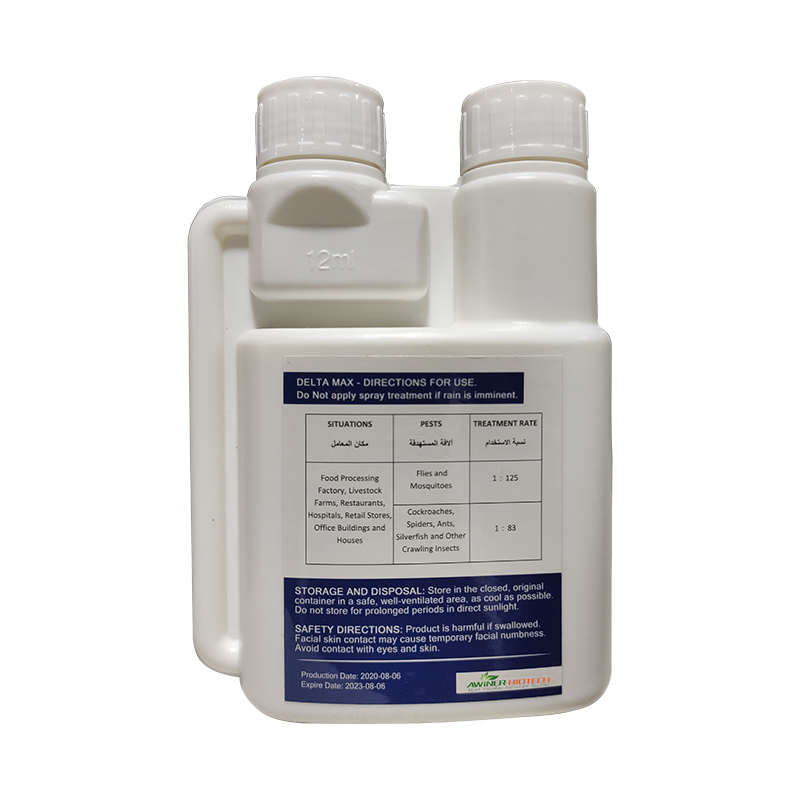
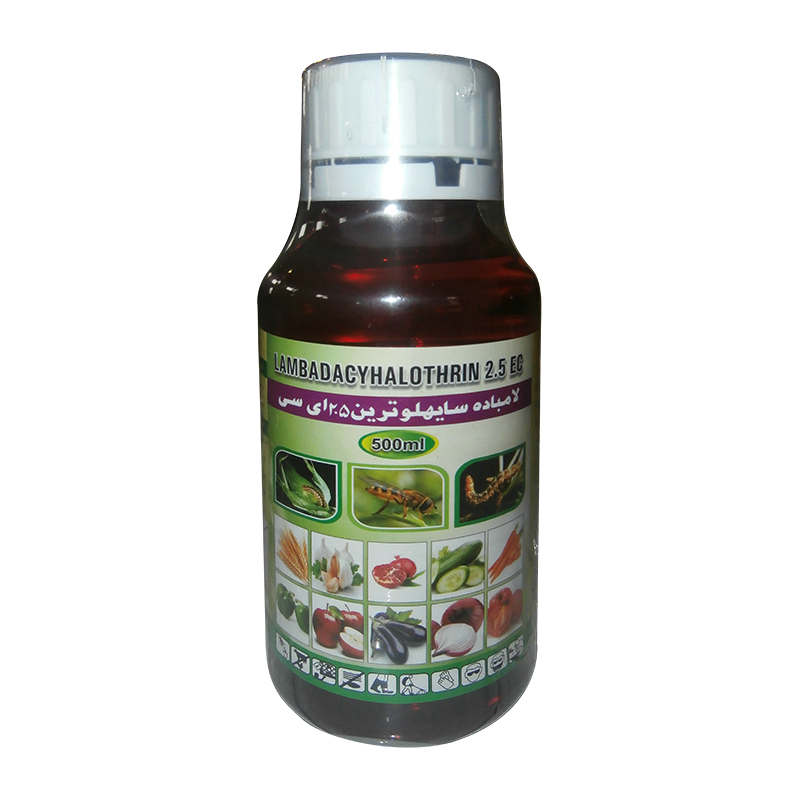
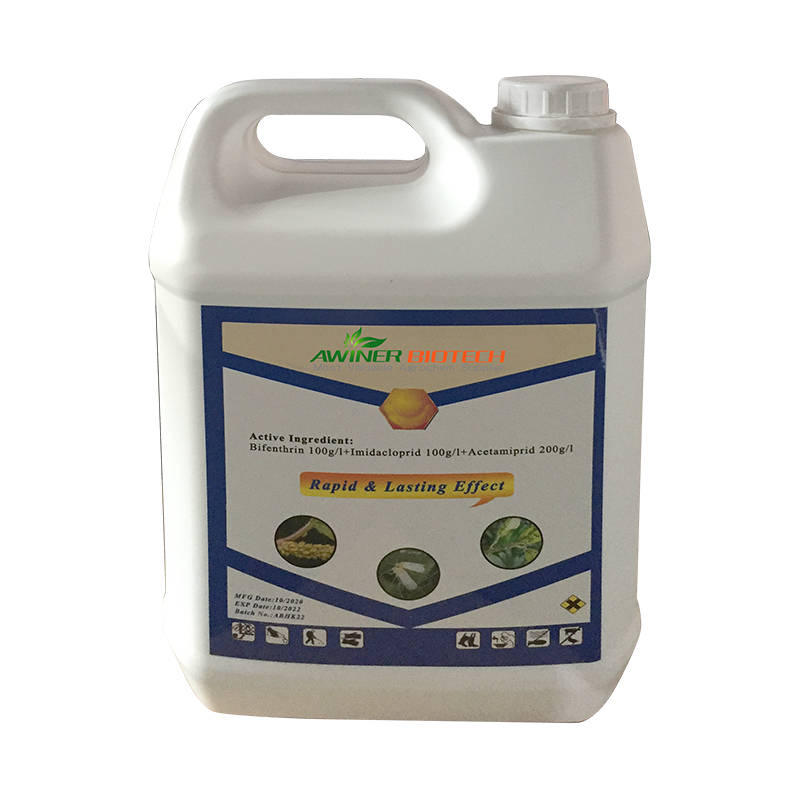
Neonicotinoids: These are systemic insecticides with low human toxicity that can control bed bugs resistant to pyrethroids. They are sometimes used in combination with pyrethroids.
| Product Name | Common dosage forms | Main Applications |
| Imidaclorprid | SL, WP, SC | For the prevention and control of aphids, whiteflies, leafhoppers, flea beetles, thrips, etc. |
| Clothianidin | WDG, SC | Control aphids, planthoppers, leafhoppers, rice planthoppers, etc. |
| Acetamiprid | SP, WP, WDG | Control aphids, whiteflies, thrips, etc. |
| Nitenpyram | SL, WDG | Rapid knockdown effect, used to control aphids, whiteflies, fleas, etc. |
| Dinotefuran | WDG, SC | Control aphids, whiteflies, leafhoppers, and planthoppers,etc. |
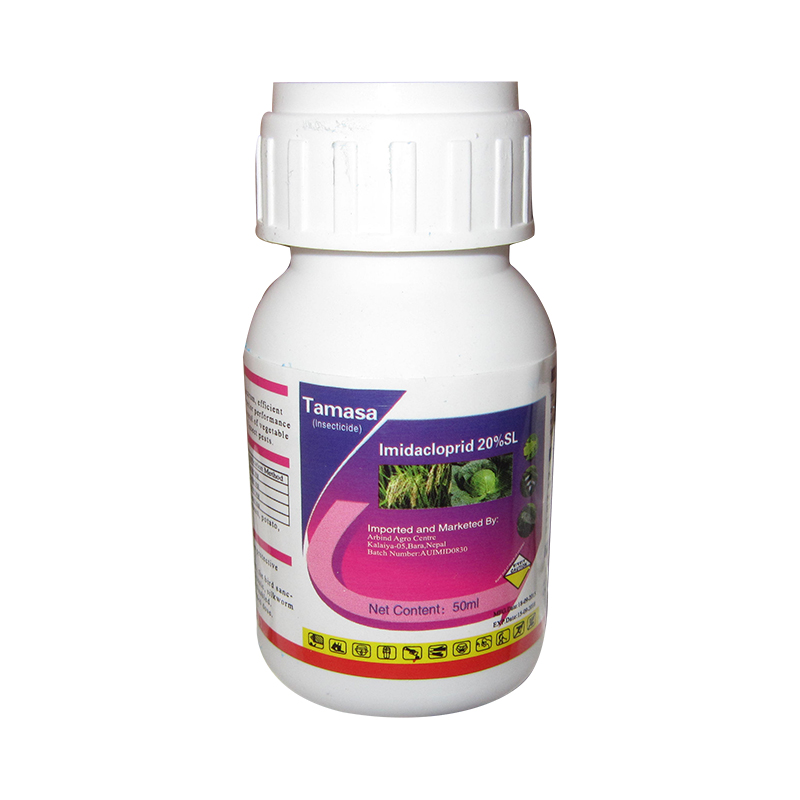
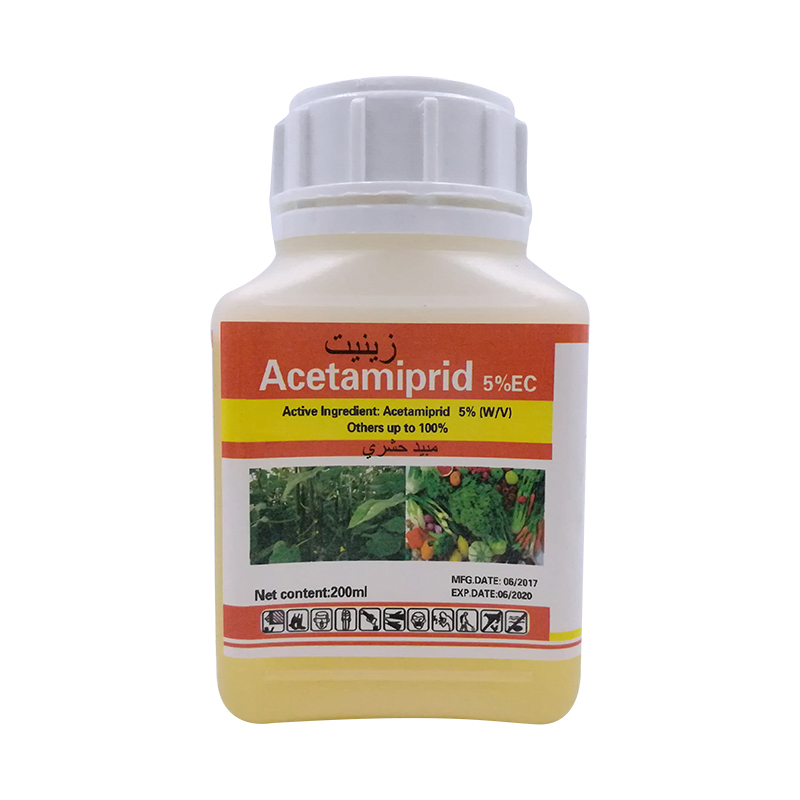
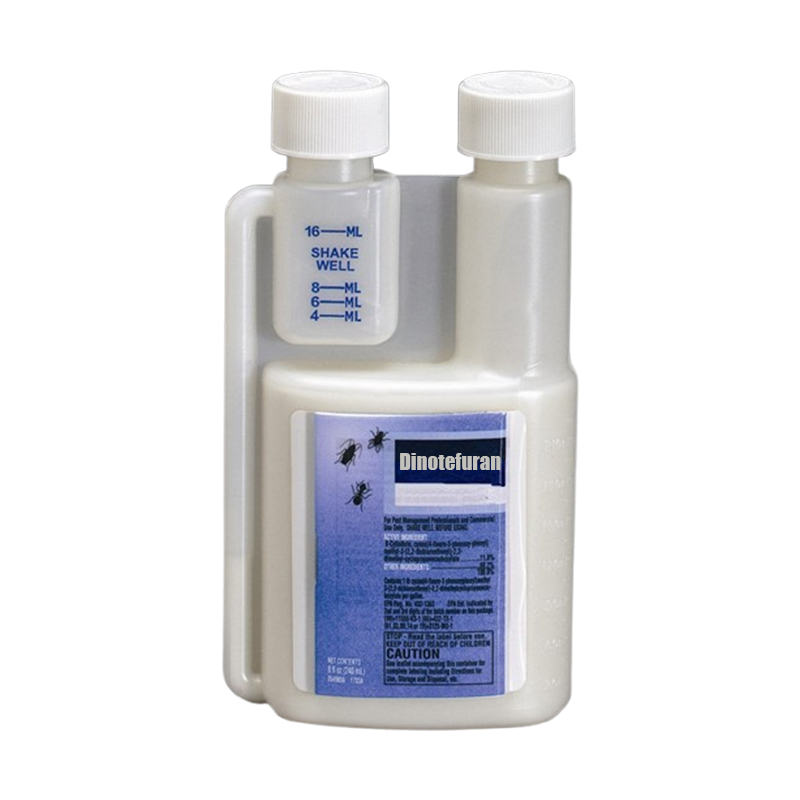
Insect growth regulators (IGRs): These mimic insect growth hormones and kill bed bugs during molting.
Plant oil-based insecticides: These are plant-based, have low residual properties, and products such as neem oil are used for bed bug control.
Desiccant: These dehydrate bed bugs by destroying their waxy coat, causing them to die.
Fumigants: These are effective but usually require professional application.For example: Aluminum Phosphide.
